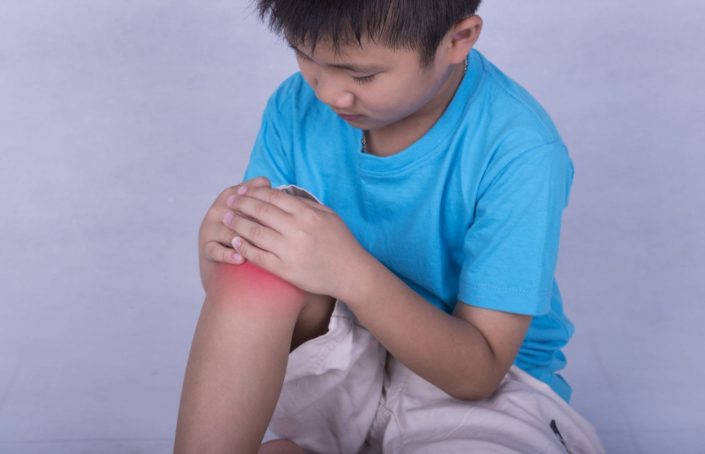Juvenile Arthritis causes a significant number of challenges that include persistent pain, mobility issues, growth irregularities and eventually joint damage in untreated children. According to Dr. Chandrika Bhat, Consultant Pediatric Rheumatologist at Rainbow Children’s Hospital in Marathahalli, Bengaluru, juvenile arthritis is an autoimmune illness that affects about one in every 1000 children under the age of 16. Juvenile arthritis is classified into five subtypes: oligoarthritis, polyarthritis, enthesitis-related arthritis, psoriatic arthritis, and systemic arthritis. Enthesitis-Related Arthritis typically affects the attachment points of tendons and ligaments. Psoriatic arthritis causes joint inflammation and skin lesions, whereas systemic arthritis causes joint pain as well as fever and/or hives-like skin rash.
Early Signs And Symptoms to Identify Juvenile Arthritis
Children with juvenile arthritis face continuous discomfort, particularly in their joints. Pain may be accompanied by joint swelling or increased temperature surrounding the joint. “The primary key to combatting an ailment of this degree is early intervention achieved by early detection of joint inflammation,” according to Dr. Chandrika Bhat. A kid with the condition is likely to notice limits in joint movement, particularly after periods of rest (short or extended). Due to joint stiffness, children under the age of three may appear more clinging after periods of rest.
Aside from joints, some children’s eyes may be impacted, though this is usually asymptomatic. However, if inflammation of the eyes is not detected it can even lead to blindness in the long run. Hence doctors usually suggest an eye check every three months in children with certain subtypes of juvenile arthritis. Occasionally, the inflammation associated with systemic arthritis can affect different components of the blood, the liver and rarely the heart.
How to Combat Juvenile Arthritis?
Daily Check-Ups: Regular check-ups with a pediatric rheumatologist are essential for properly developing, executing, and monitoring necessary treatment strategies. Depending on the type of arthritis, a rheumatologist may refer your child to an ophthalmologist, physiotherapist, or occupational therapist.
Healthy Diet: Eating a well-balanced diet rich in essential nutrients and minerals is critical for bone health and overall vigor. Children must also be encouraged to participate in regular modest physical exercises to increase joint flexibility and muscular strength.
Supportive Environment: As adults, we must always be available to children suffering from such an illness and assist them in navigating the problems that come with it. Furthermore, teaching instructors, classmates, and friends about Juvenile Arthritis promotes understanding and creates a supportive environment in academic settings as well as personal interactions.
Source:In







 Finance
Finance







